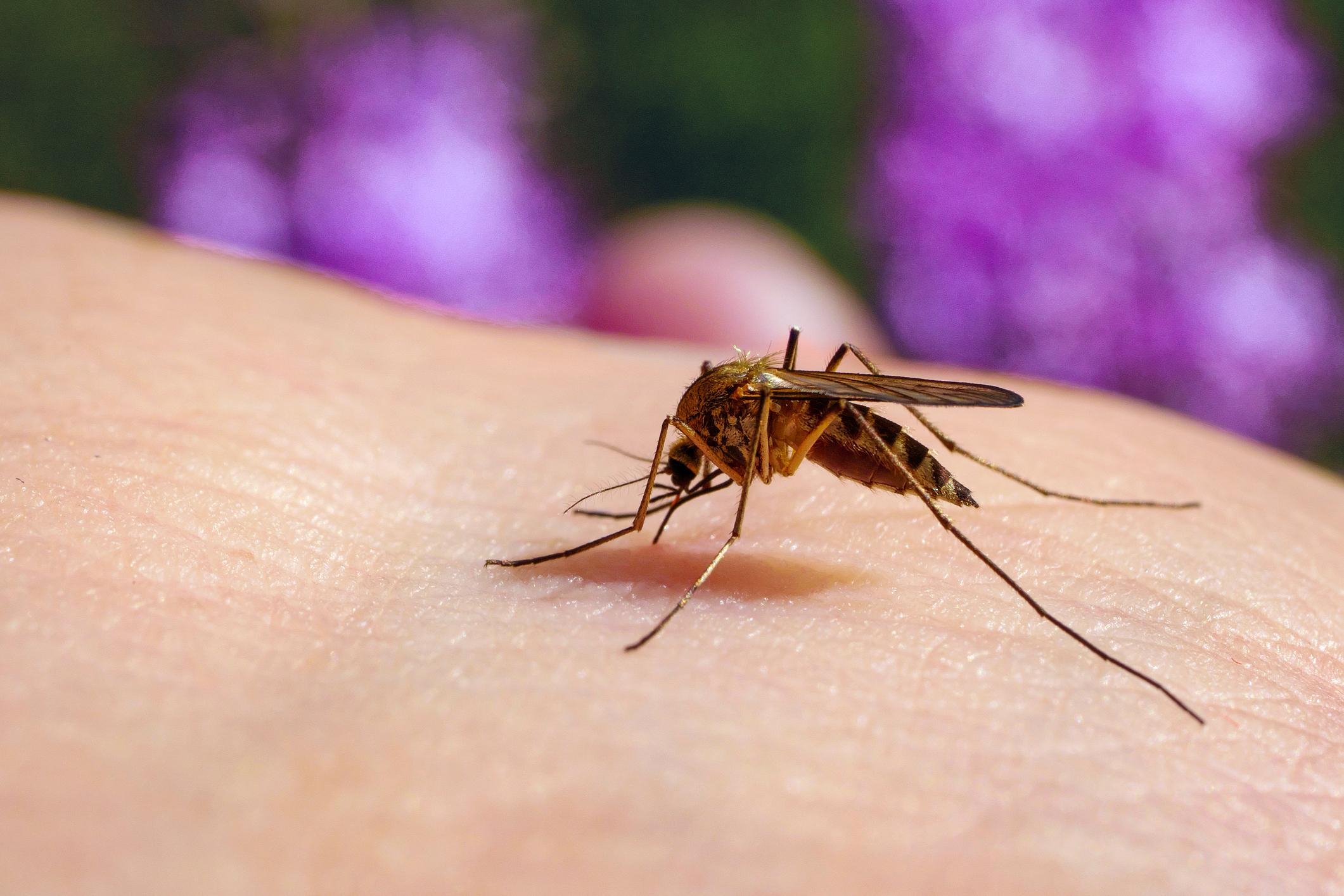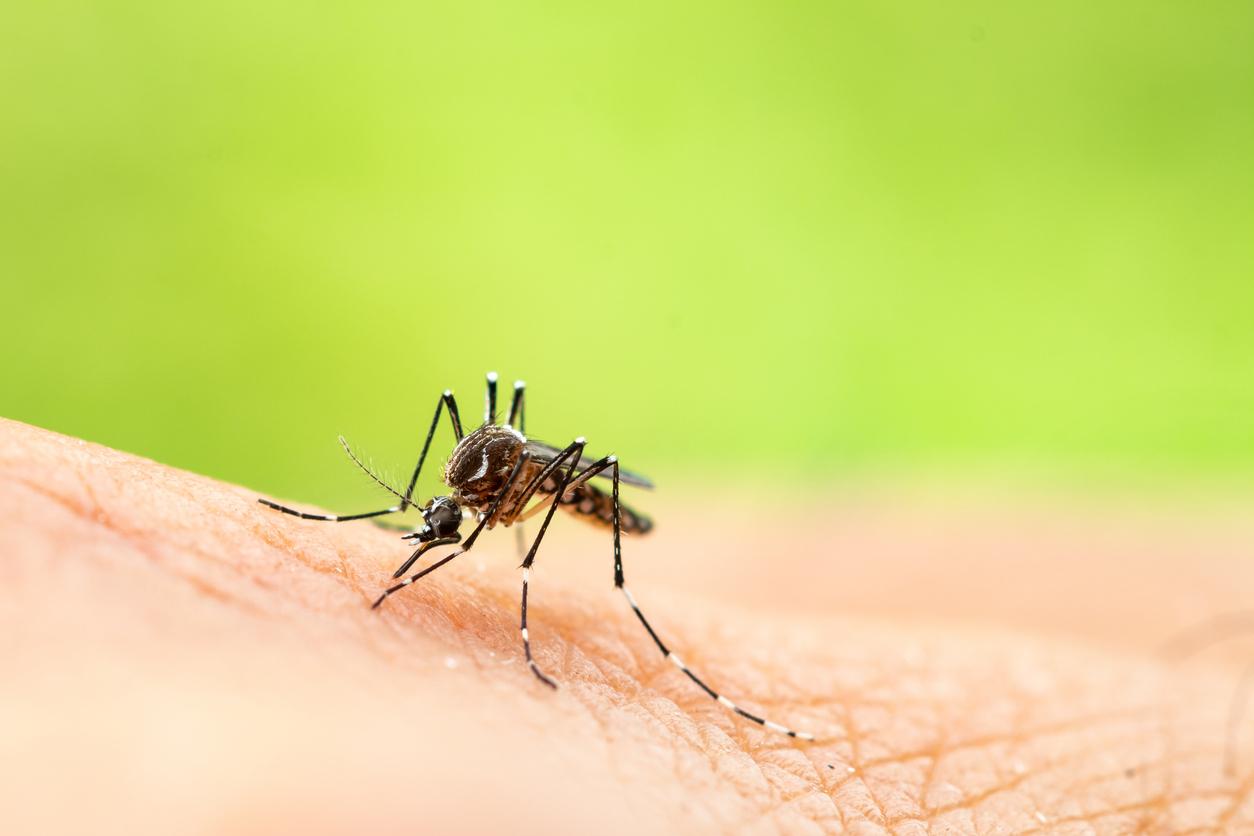For the first time in the world, Oropouche fever, transmitted by insects, has caused the death of two Brazilian women.

- Oropouche fever, transmitted by insects and mosquitoes, was first detected in 1960 in Brazil, where there are currently 7,236 cases.
- For the first time, this disease caused the death of two women, aged 21 and 24, who had no comorbidities.
- The victims had “symptoms similar to a severe form of dengue fever.”
A world first. On July 25, the Brazilian Ministry of Health announced the deaths of two women who had Oropouche fever. “Until now, there were no reports in the world scientific literature on the occurrence of deaths due to the disease.” According to The Globea Brazilian newspaper, the victims were from the state of Bahia in the northeast. “The first lived in the city of Valença and died on March 27. The second lived in Camamu and died on May 10 in Itabuna.” The patients were 21 and 24 years old and had no comorbidities.
Currently, health authorities are investigating a third death, registered in Paraná, but whose transmission took place in Santa Catarina. According to the State Department of Health of Paraná, the deceased was a 59-year-old man residing in the municipality of Apucarana. The ministry is also investigating whether four cases of pregnancy termination and two of microcephaly in babies in the states of Pernambuco, Bahia and Acre are related to Oropouche fever.
Oropouche fever: “symptoms similar to a severe form of dengue”
The two women who died in Brazil presented “symptoms similar to a severe form of dengue fever”. Indeed, according to World Health Organization (WHO)Oropouche fever, which has an incubation period of 4 to 8 days, is characterized by a sudden onset of high fever, headache, muscle aches, rash, joint pain, and vomiting. Patients have also experienced red and purple spots on the body, profuse nasal, gum, and vaginal bleeding, drowsiness, and a sudden drop in hemoglobin and platelets. In the course of this illness, which usually lasts 3 to 6 days, symptoms may recur briefly in 60% of cases. “Aseptic meningitis is a rare complication of the infection.”
7,236 cases of Oropouche fever reported in Brazil
Transmitted by insects and mosquitoes, Oropouche fever was first detected in Brazil in 1960, during the construction of the Belém-Brasília highway. The Oropouche virus (OROV) was identified in a sample of sloths and, since then, isolated cases and more localized outbreaks have been recorded in the states of the Amazon region. This year, 7,236 cases of Oropouche fever have already been recorded in 20 states of the country. Most have been identified in Amazonas and Rondônia.
















